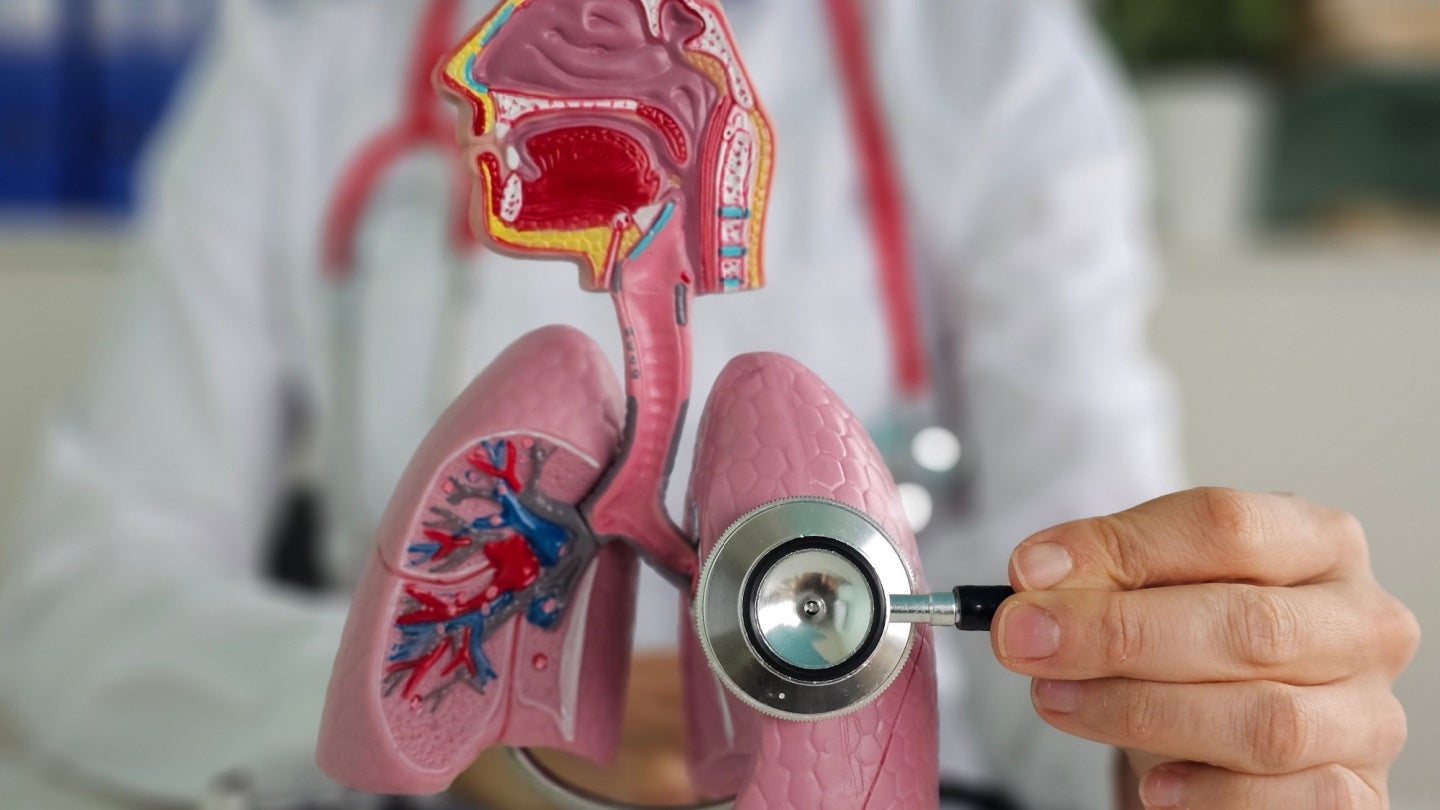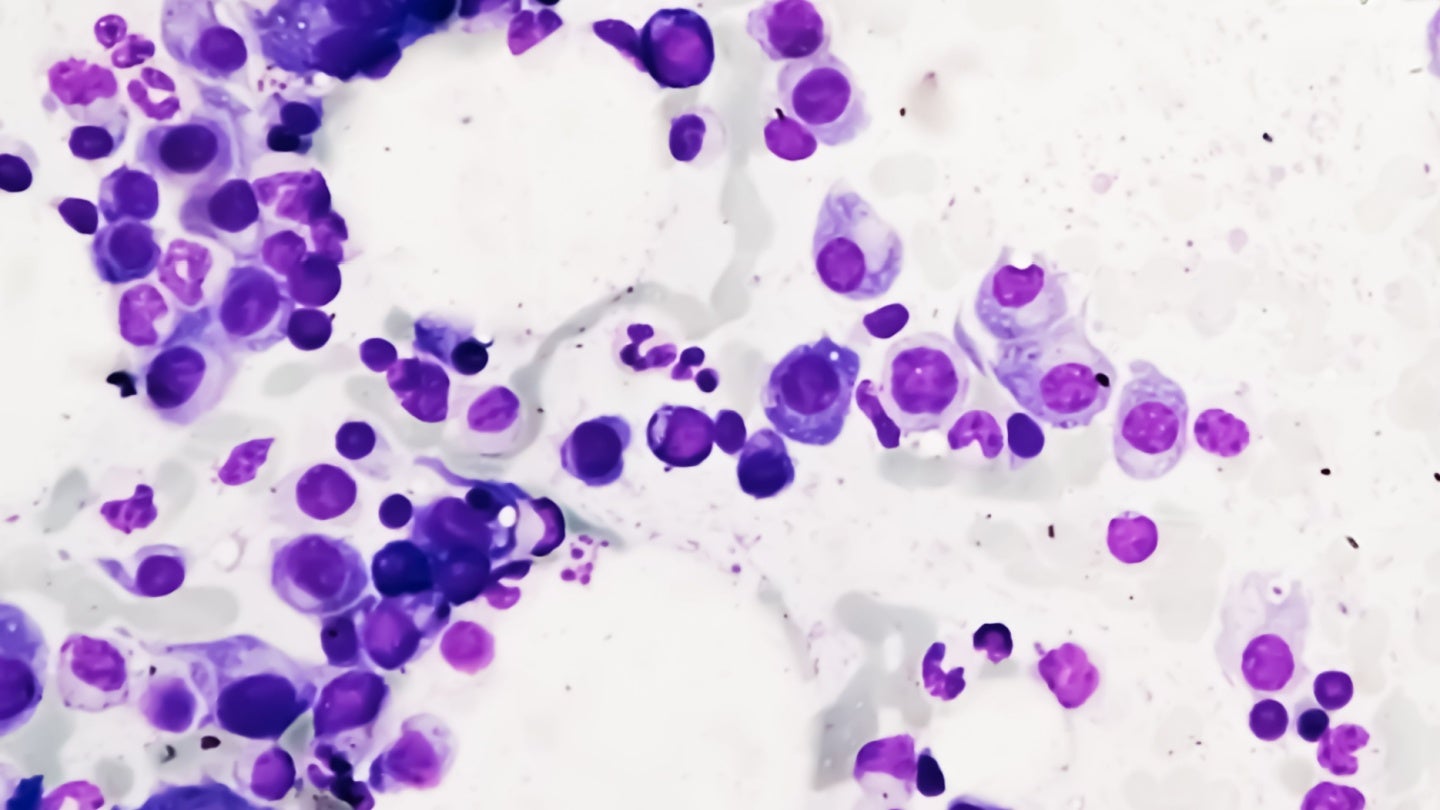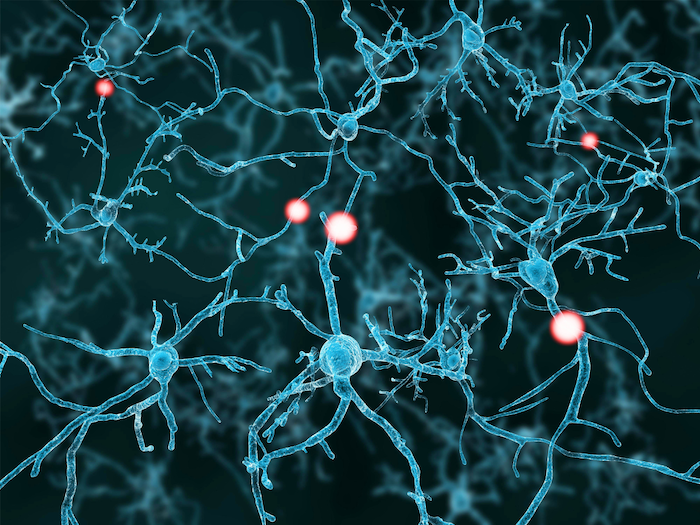Exploring the Constraints of Membraneless Polyester Protocell Formation in the Origins of Life on Early Earth
In the quest to understand the origins of life on Earth, researchers are diving deeper into the microscopic world, uncovering evidence that may reshape our understanding of early biogenesis. Recent studies have thrust polyester microdroplets into the spotlight as promising candidates for protocellular structures—primitive forms believed to be the building blocks of life. These results […]


In the quest to understand the origins of life on Earth, researchers are diving deeper into the microscopic world, uncovering evidence that may reshape our understanding of early biogenesis. Recent studies have thrust polyester microdroplets into the spotlight as promising candidates for protocellular structures—primitive forms believed to be the building blocks of life. These results open up intriguing hypotheses about how life’s initial steps may have taken place under conditions reminiscent of early Earth, providing a vital link between basic chemistry and the complex biological systems we observe today.
The scientific community has long speculated about the transition from simple organic molecules to complex living cells. One of the primary theories suggests that life gradually emerged from a primordial soup of chemicals, which over time, arranged themselves into more intricate forms. The latest findings point to polyester microdroplets formed from alpha-hydroxy acids (αHAs) as potential precursors to life. This new evidence, gathered by a dedicated research team at the Earth-Life Science Institute (ELSI) in Tokyo, presents a broader range of conditions conducive to the formation of these microdroplets than previously acknowledged.
At the heart of this groundbreaking research is a study conducted by an international team led by PhD student Mahendran Sithamparam, who hails from the Space Science Center (ANGKASA) at the Institute of Climate Change in Malaysia. The research was co-supervised by leading scientists, including Tony Z. Jia from ELSI and Kuhan Chandru of ANGKASA. Their essential work focused on how these polyester microdroplets could arise in conditions that mimic our planet’s early environment—settings that differ significantly from traditional laboratory conditions typically utilized in past research.
What did the researchers discover? Astonishingly, polyester microdroplets can form even in environments rich in salts and at lower concentrations of αHAs. This crucial finding challenges earlier assumptions that these droplets could only arise in high-concentration scenarios or within larger water bodies such as lakes or hot springs. The evidence suggests these protocells could have been much more widespread, potentially forming in unique micro-environments such as rock pores or salt-rich pools, thus offering a fresh perspective on where and how life could have begun.
Significantly, the research team builds upon previous studies from 2019, which revealed that these microdroplets could spontaneously form through a dehydration reaction under specific conditions. By heating phenyllactic acid (PA) to around 80°C, it transitioned into a gel-like substance. Upon rehydration, this gel-like material formed membraneless droplets, showcasing the chemical flexibility that could have existed in early Earth scenarios. In their latest work, the scientists rigorously tested hypothesis-driven conditions that more realistically reflect the biochemical constraints of prebiotic Earth.
To simulate these prebiotic environments more accurately, the team conducted polymerization and droplet assembly experiments using significantly reduced reactant concentrations and volumes. Previous laboratory studies typically operated with high concentrations of reactants but did not consider the natural scarcity that could have existed on the early Earth. As a result of their reformulated approach, they managed to synthesize polyesters and form microdroplets in volumes as small as 500 μL with a concentration of 1 mM PA, emphasizing that such droplets could indeed emerge from what might have once been the water that filled crevices in rocks or shallow saline ponds after rainfall.
The study also explored the implications of varying salinity levels to ascertain their effects on the formation of these microdroplets. In their experiments, the introduction of NaCl and KCl yielded successful polyester synthesis and microdroplet assembly, whereas in the presence of MgCl2, the process failed. This observation is essential, as it hints that the primordial oceans may have been more selective in ionic composition, favoring certain salt concentrations over others in facilitating protocell formation.
The implications of this study stretch far beyond simple microbial chemistry. They suggest a much richer landscape of early biosynthesis wherein numerous environments—ranging from deep oceanic settings and freshwater streams to saline pockets on the land—could have served as initial breeding grounds for life. This complex interplay of conditions reinforces the idea that the origins of life were not a single event but rather a series of gradual evolutions taking place under a variety of environmental factors. It points towards an ecologically diverse scenario where the very fabric of life as we know it was woven from countless solutions in micro-environments across the Earth.
Importantly, this expansive view of protocell formation provides a launching pad for further investigative work aimed at unlocking the mysteries of life’s origins. Understanding the processes by which such droplets can form in diverse chemical environments opens new avenues for both theoretical and experimental biology. Moreover, the study serves as a potential catalyst for future research that could explore not only the Earth’s past but also the search for life on other celestial bodies with similar conditions.
The collaborative nature of this research, made possible through the ELSI Visitor Program, also highlights the importance of international partnerships in tackling challenging scientific inquiries. The problem of life’s origins is indeed a global puzzle, and as researchers from diverse backgrounds converge, they bring a wealth of knowledge and unique perspectives that enhance our understanding exponentially. These collaborations not only foster scientific innovation but also encourage the cross-pollination of ideas, essential in advancing the frontiers of science.
As ELSI continues to cultivate an environment that nurtures groundbreaking research, the findings regarding polyester microdroplets will likely inspire an entire generation of scientists dedicated to unraveling the complexities of life and its formation on Earth and beyond. This work represents a remarkable stride toward understanding the delicate balance of chemistry and biology while revealing the intimate connections between them.
In conclusion, the potential for polyester microdroplets as life’s building blocks under early Earth conditions adds a critical piece to a long-standing puzzle. By establishing a foundation for how simple molecules could evolve into complex protocells, this research shines a light on the intricate dance of chemistry that may have initiated life’s journey billions of years ago. As investigations progress, the engaging interplay between science and philosophy will undoubtedly continue to ignite the human imagination, drawing us ever closer to understanding our own origins.
While the phenomenon of life continues to captivate humanity, the significance of high-level multidisciplinary research cannot be overstated. The insights gained from this study reflect not only the intricate work of scientists but also mankind’s enduring quest to unveil the secrets of our existence. The exploration of primordial chemistry serves as an emblem of our commitment to unveiling the mysteries that lie at the core of life, driving scientific fervor and inspiring future generations.
Subject of Research: Cells
Article Title: Probing the Limits of Reactant Concentration and Volume in Primitive Polyphenyllactate Synthesis and Microdroplet Assembly Processes
News Publication Date: 9-Jan-2025
Web References: DOI
References: Mahendran Sithamparam et al., ACS Bio & Med Chem Au, DOI: 10.1021/acsbiomedchemau.4c00082
Image Credits: Associate Professor Tony Z. Jia from Institute of Science Tokyo
Keywords
Astrobiology, Biochemistry, Biomolecules, Biophysics, Cell biology, Cells, Molecular biology, Molecular evolution, Chemistry, Analytical chemistry, Astrochemistry, Environmental chemistry, Organic chemistry, Physical chemistry, Earth sciences, Geochemistry, Imaging, Spectroscopy, Synthetic biology
Tags: alpha-hydroxy acids and lifechemical origins of lifeconditions for microdroplet formationearly Earth biogenesisEarth-Life Science Institute researchimplications of polyester in life evolutionmembraneless protocell formationpolyester microdroplets in origins of lifeprimitive life building blocksprimordial soup theory of lifeprotocellular structures in biologytransition from organic molecules to cells
What's Your Reaction?

































